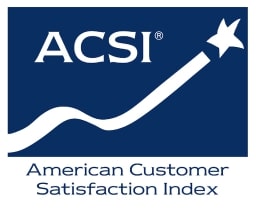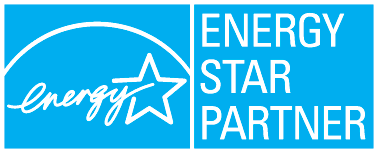Home solar panels like those available from GVEC convert sunlight into clean, 100% renewable, no-cost electricity. For many years now, the Cooperative has been a leader among all Texas energy providers in terms of total installed rooftop solar capacity.
Despite all the solar energy being harnessed from the skies across GVEC’s service territory, though, it’s a micro-fragment of what’s available. In fact, there’s plenty of sun power out there not only for countless more rooftop panels, but also for fun, backyard solar-based science activities. Here are three simple ideas to help kids occupy time during summer break while also demonstrating the power of our planet’s nearest star.
Solar Brewed Iced Tea
There are few things more satisfying than a cold drink on a hot day during Texas summer. For many, iced tea offers the perfect beverage to help cool down. Here’s a simple recipe for a solar-brew that’ll give kids not only a great demonstration of sun power, but also leave them with something to parch that mighty Texas thirst.
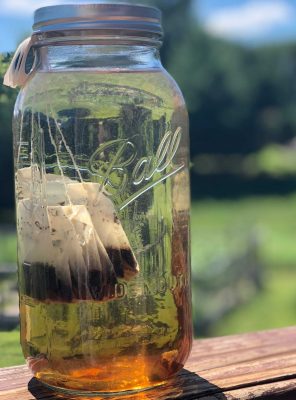 You Will Need:
You Will Need:
- –Large, sturdy Mason jar or other jar, with a capacity of between one to four quarts or larger
- –6-12 tea bags, possibly more, depending on the size of your jar. Any brand will do.
- –Enough water to fill the jar
- –Sugar (if desired)
- –Ice cubes
Directions
Place the tea bags into the empty jar and fill with water, and cover. Place the jar into direct sunlight, preferably sometime around noon or so, and leave for several hours. As the water heats the crushed tea leaves inside the bags, a process known as “steeping” will begin. This is when dehydrated compounds inside the leaves absorb water and begin to spread and dissolve into it. Steeping actually begins the moment tea leaves are submerged in water, but heat—in this case sun power—kicks it into high gear. The amount of time needed for your tea to brew will depend on the amount of sun exposure and the amount of heat. A general rule of thumb, though, is between two and four hours.
After your tea reaches an acceptable strength, stir in sugar (if desired) and pour into ice-filled glasses. Enjoy.
Solar Raisins
This activity requires a bit more time and patience than the other two here, but if successful, the result will be tasty raisins!
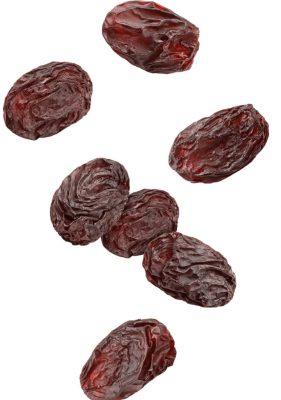 You Will Need:
You Will Need:
- –Seedless grapes (any color will work fine)
- –A baking pan
- –Parchment paper or other heat-resistant covering to place over the pan
Directions
Wash and dry the grapes, and place them onto the baking pan, preferably spaced far enough apart so as not to touch. Cover with the parchment paper or other covering. Fix your paper or covering in place firmly enough so it won’t blow away in the wind and so that it prevents bugs from getting in. Place in direct sunlight and leave all day for between 1-3 days, taking the pan back inside each night.
The sun’s heat causes the water in the grapes to evaporate, leaving behind dried-out grapes—raisins! Bon appétit!
Paper and Ice on Color
You may not realize it, but an object’s color helps determine how quickly it absorbs light and heat, and to what degree. The darker a color, the more it absorbs. For instance, black absorbs more light and heat than any other color, while white absorbs the least. This is why solar panels sold through GVEC are all have dark coloring—so the system absorbs maximum light for conversion into electricity, generating greater efficiency.
This activity is an experiment designed to demonstrate the differing rates at which different colors absorb the sun’s heat.
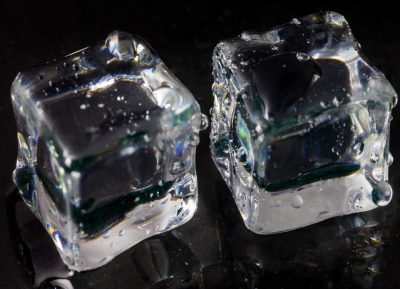 You Will Need:
You Will Need:
- –1 sheet of red standard-sized paper (8.5 x 11 inches)
- –1 sheet of blue standard-sized paper (8.5 x 11 inches)
- –1 sheet of green standard-sized paper (8.5 x 11 inches)
- –1 sheet of white standard-sized paper (8.5 x 11 inches)
- –1 sheet of black standard-sized paper (8.5 x 11 inches)
- –1 or more stopwatches
- –5 ice cubes, all of identical size or as close as possible
- –A small notebook or single sheet of paper and an ink pen or pencil to record your results
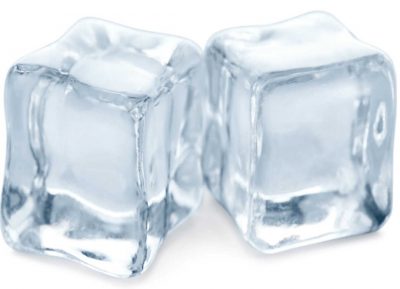
Directions
Lay the pieces of paper out, all on the same surface, side by side. Be sure all the ice cubes receive the same amount of sunlight—or as close to the same amount as possible. If it’s windy, you may need to use an object to weigh down the paper. Next, lay a cube of ice in the center of each piece of paper, starting the stopwatch as soon as you lay the final cube.
Keeping a watchful eye on each cube, make a note in your notebook or on your sheet of paper of the time needed for each to melt into a puddle. Which color melted the most quickly? Which took the longest amount of time? If done correctly, this experiment should reveal the greater and lesser capacities of different shades of color to absorb heat and light.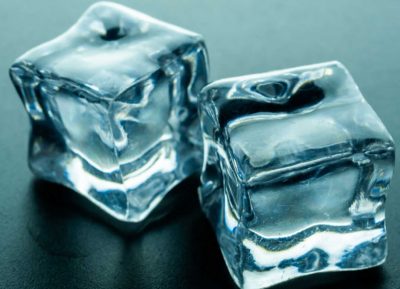
We suggest trying this experiment multiple times, changing the colors and shades of your paper. Even paper of the same color but of differing shades should cause the ice to melt at different rates. In other words, a piece of ice on sky-blue paper should melt at a different rate than ice on navy-blue paper—assuming the paper is laid on the same surface at the same time and receives the same amount of sunlight. Try it for yourself with any colors you like, and see what happens!
Use the Sun’s Awesome Power for Home Electricity – Call GVEC Solar!
Tell your parents: A solar panel system from GVEC will allow you to harness sunlight and convert it into electricity for the home. This saves money on electric bills. Add a battery storage solution, and save even more.
To learn more, call GVEC at 855.898.8807 or fill out a contact form on the Cooperative’s Solar services website. One of our noncommissioned solar solutions specialists will be happy to speak with you regarding a home solar panel system from GVEC.
Keep in mind: Speaking with one of our specialists places you under no obligation and is always free. Since they don’t work on commission, they’ll never use high-pressure sales tactics or try to sell you more than you need if you decide to buy. They deliver only candid information based on your home-energy usage and electricity needs. What do you have to lose? Call today!


